“Enchanted by Wonder”
Butembo 22.10.2025 Manariho Etienne Translated by: Jpic-jp.orgCosmic Beauty as a Sign of Hope for Humanity. On 3 November 2025, in the Vatican Gardens of Castel Gandolfo, the first exhibition of the Visitor Centre of the Vatican Observatory will open. Entitled “Enchanted by Wonder,” this inaugural initiative forms part of the 2025 Jubilee of Hope, proclaimed by Pope Francis.
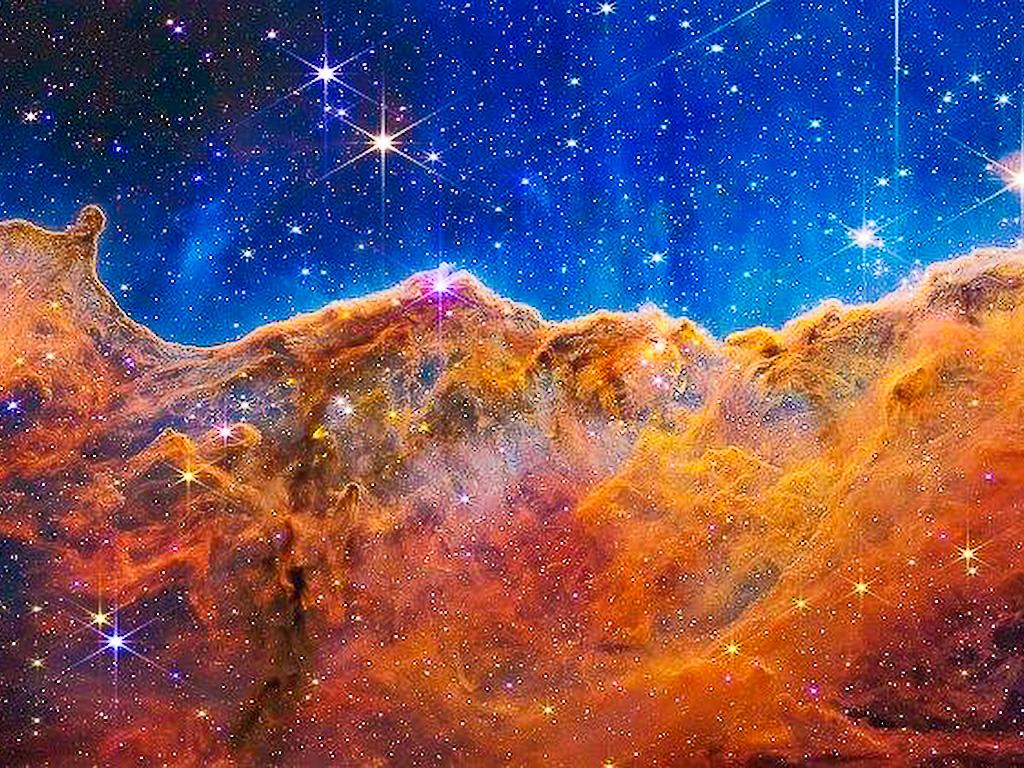
In a world shaken by crises, this exhibition reminds us that beauty — whether natural, artistic, or cosmic — remains a source of hope. As Dostoevsky said, “Beauty will save the world.”
Beauty: A Promise of Happiness and Rebirth
“Beauty is a promise of happiness,” wrote Stendhal. This promise has crossed centuries and human tragedies. After the atomic bomb, the people of Hiroshima replanted cherry trees. Since 1946, every blossom has become an act of hope in life. Nature’s rebirth thus embodies the silent victory of beauty over desolation. The Spanish poet Gustavo Adolfo Bécquer foresaw it: “Mientras haya en el mundo primavera, ¡habrá poesía!” – As long as there is spring in the world, there will be poetry.
The Stars in the Service of Contemplation
Born from a collaboration between the Vatican Observatory, Johns Hopkins University and the Space Telescope Science Institute, the exhibition brings together spectacular images from the Hubble and James Webb telescopes.
These large-format photographs — Jupiter’s auroras, nebulae, exoplanets, star births — are accompanied by explanatory texts written by astrophysicists. They invite visitors to dive into the beauty of the universe as revealed by science.
A beauty that the Chinese philosopher Confucius already summed up: “Everything has beauty, but not everyone sees it.”
Organised by the “Pope’s astronomers,” the exhibition also marks the official opening of the Vatican Observatory Visitor Centre in Castel Gandolfo, accessible by reservation through the Vatican Museums website. The site aims to become a bridge between science and faith, reason and contemplation, research and hope.
Cosmic Beauty and Human Hope
Speaking to the 2025 Summer School of the Vatican Observatory, Pope Leo XIV, echoing the words of Francis, said: “These images fill us with wonder and a mysterious joy when we contemplate their sublime beauty.” This “mysterious joy” opens the heart to goodness and hope. The English art critic John Ruskin had already written: “Beauty is the promise of happiness, and hope is the memory of beauty.” In other words, beauty awakens in us the memory of possible happiness — the very promise that every hope carries.
Since their launches, Hubble (1990) and James Webb (2021) have delivered nearly two million observations and inspired thousands of scientific studies. Yet beyond the numbers, they have widened our gaze, opening new horizons of knowledge and hope. As Desmond Tutu said: “Hope is being able to see that there is light despite all the darkness.” And Leonard Cohen added: “There is a crack in everything, that’s how the light gets in.”
Like light, beauty often rises from the fractures — that is its mystery and strength.
Cosmic Praise and Shared Wonder
For Brother Guy Consolmagno, Jesuit and former director of the Vatican Observatory, these images are a true visual prayer: “These spectacular images make us feel immersed in the nebulae and galaxies. Showing their beauty and the scientific discoveries linked to them is a way of giving glory to their Creator.”
The same awe is expressed by physicist Ray Jayawardhana, Rector of Johns Hopkins University: “These images transform dust and gas into cathedrals of light and knowledge. They testify to human curiosity and can rekindle in each of us a sense of wonder and, hopefully, inspire the next generation of researchers.” Where hope blossoms, beauty never dies.
When Beauty Revives Hope
This exhibition shows how true faith always interacts with science, art and culture. In contemplating the beauty of creation, humanity rediscovers the source of hope: life reborn. Beauty becomes the universal language of hope.
In the 13th century, Giotto painted the life of Saint Francis in frescoes of new humanity, opening art to faith and proclaiming peace in a world in crisis.
In concentration camps of Auschwitz, prisoners — especially women — played music to survive and preserve their dignity: the fragile yet sublime beauty of sound resisted death, carrying an undying hope.
During apartheid, liberation songs in South African townships kept alive the promise of a new day until Nelson Mandela’s liberation.
And after the war, Marc Chagall illuminated Reims Cathedral with stained glass in the colours of peace and reconciliation: art became light and hope for a wounded Europe.
Beauty: The Breath of the Jubilee of Hope
Within the framework of the Jubilee of Hope, “Enchanted by Wonder” reminds us that beauty — of the stars, of nature, of art — remains one of the deepest faces of hope. It bears witness that life is stronger than death, that light rises again from darkness, and that even in the vastness of the cosmos, humanity remains capable of wonder.






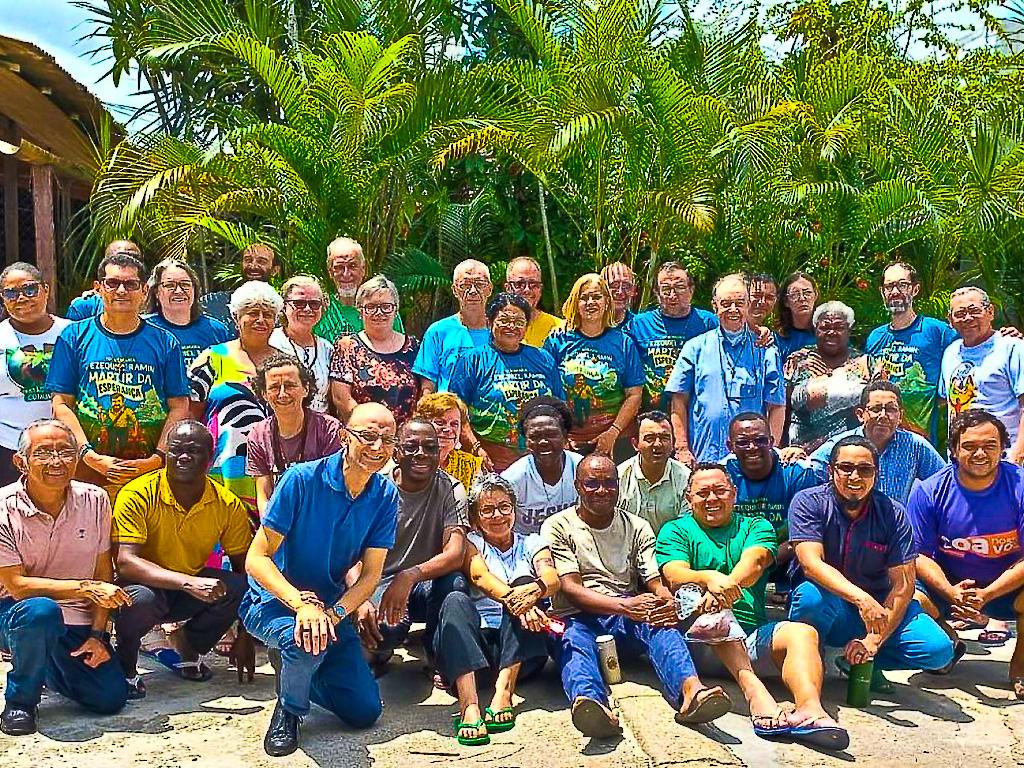
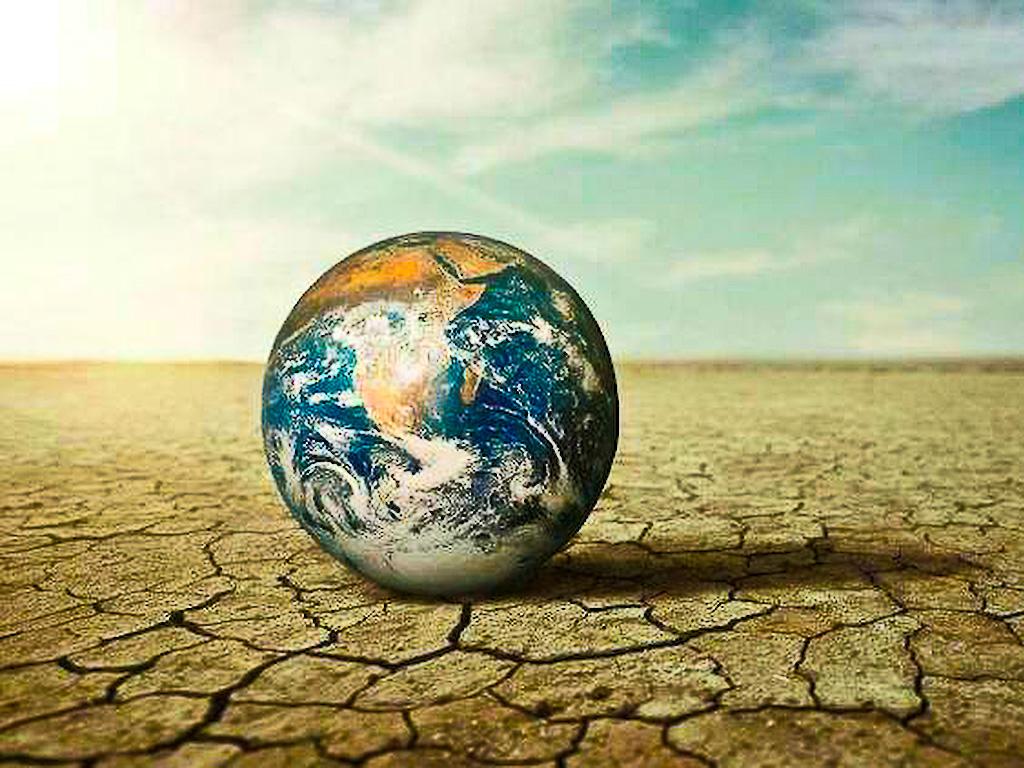
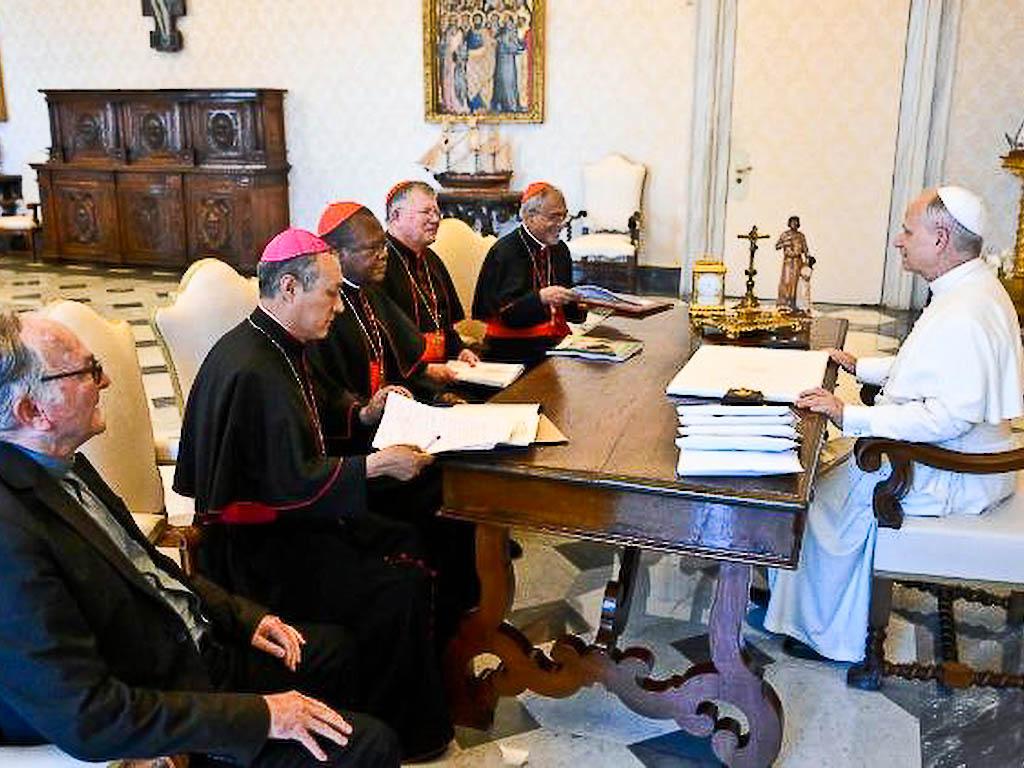

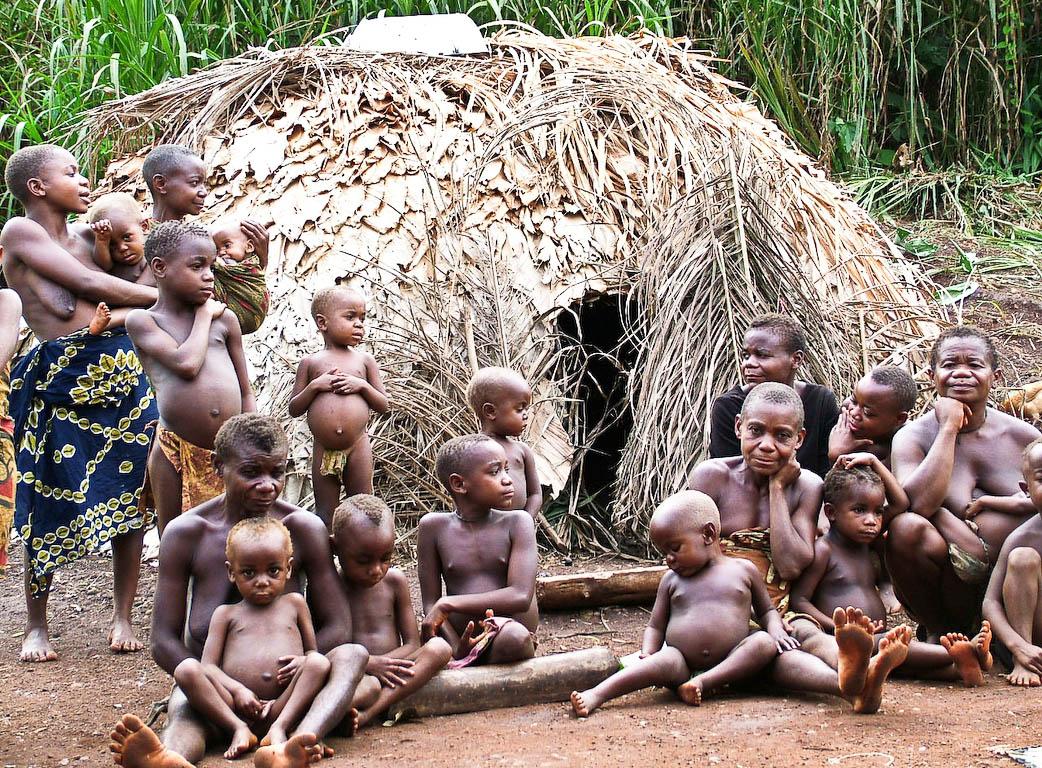

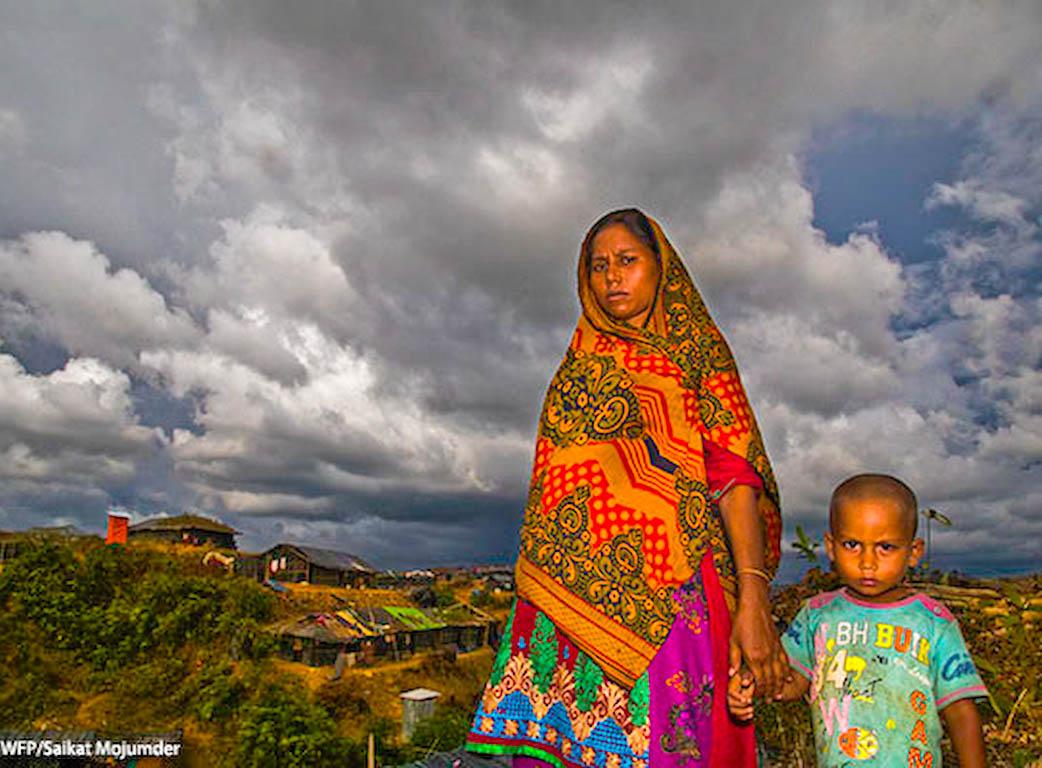
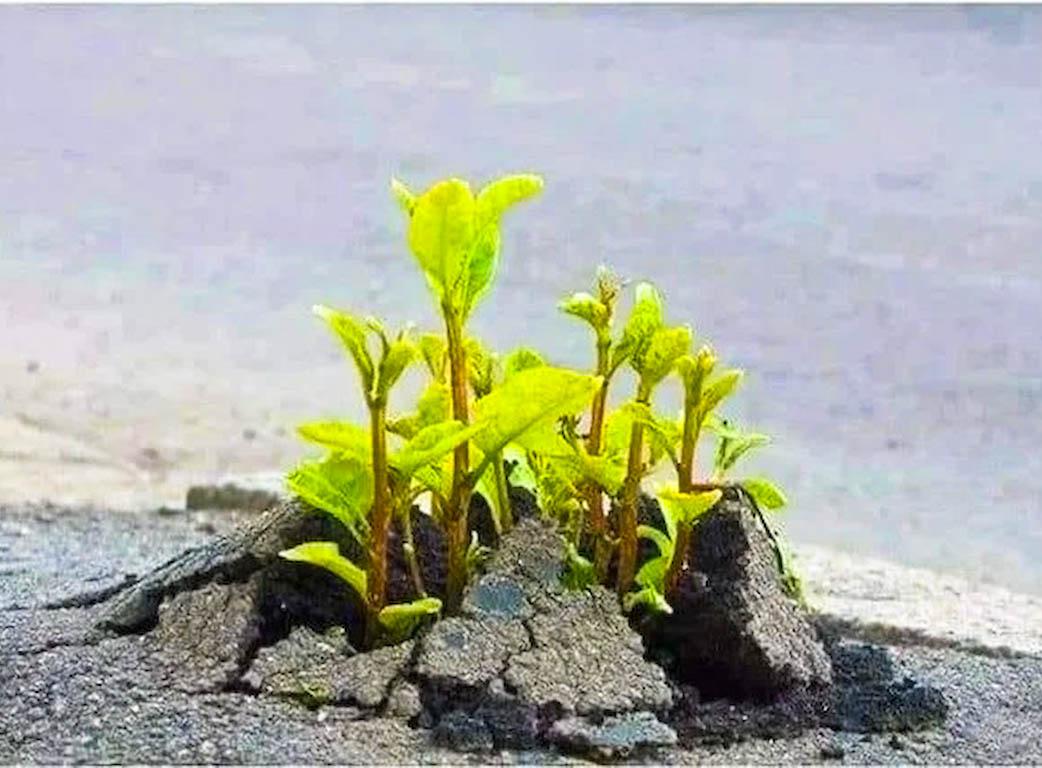







 EDitt | Web Agency
EDitt | Web Agency
Leave a comment